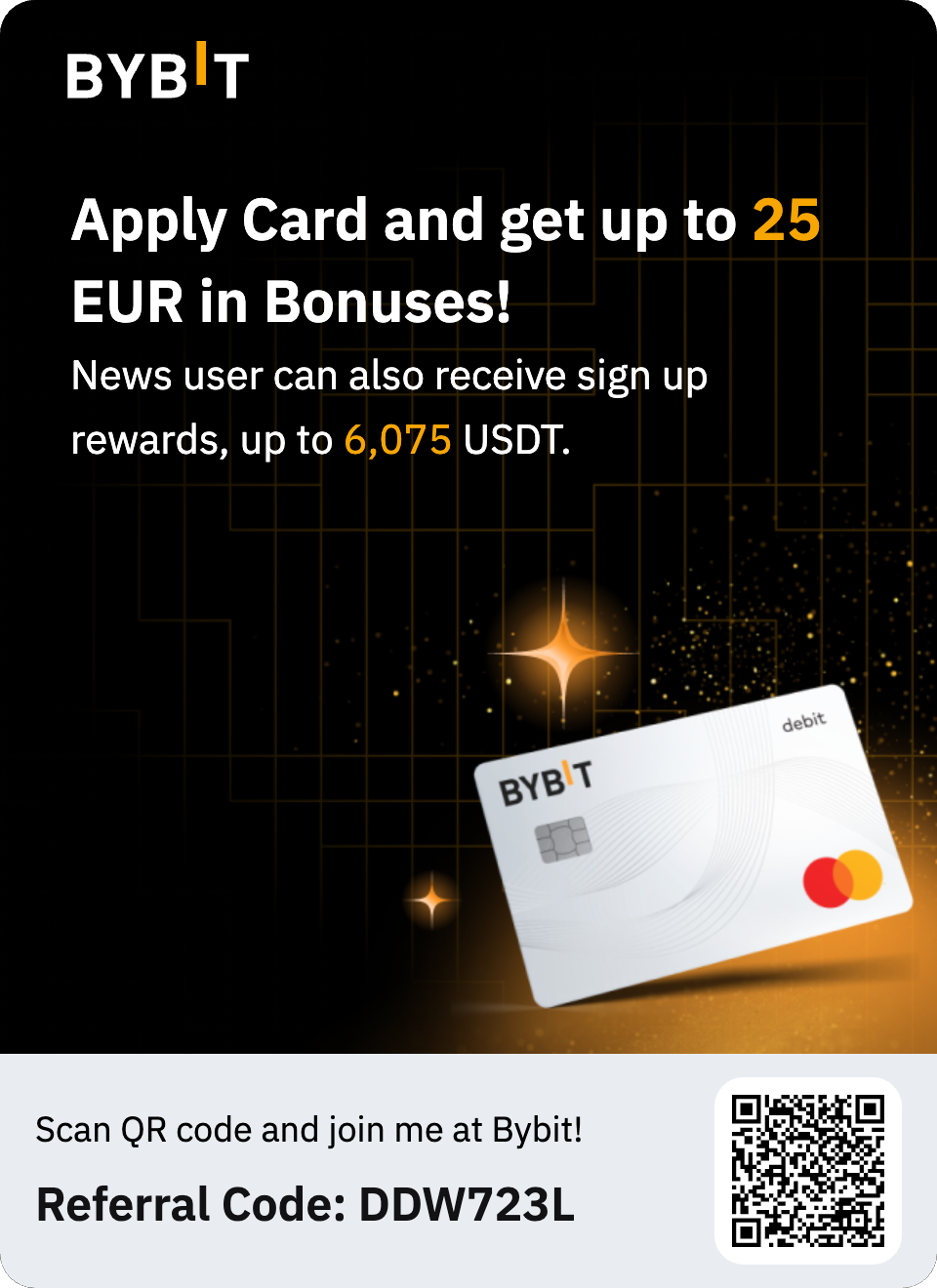How Cloudflare Works: A Zero Trust Perspective on Modern Internet Security

Cloud environments are under constant siege from malicious bots, sophisticated DDoS campaigns, and unauthorized data snooping. It’s frustrating when your website slows to a crawl because of junk traffic, or when employees can’t safely use AI tools without risking data leaks. How Cloudflare Works emerges as a powerful defense and performance accelerator—but many guides merely recite features. In this point‑of‑view piece, we’ll dig into the “why” behind each layer of protection, reveal Cloudflare’s latest innovations for AI-era content control, and explore real‑world implications for modern Zero Trust strategies.3 VPNs That Pass All Tests (2025)NordVPN: Zero leaks in tests, RAM-only servers, and Threat Protection to block malware.Surfshark: Unlimited devices, Camouflage Mode for bypassing VPN blocks, and CleanWeb ad-blocker.ExpressVPN: Trusted Server tech (data wiped on reboot) and consistent streaming access.How Cloudflare Works Under the HoodCloudflare positions itself at the edge of the Internet, acting as a bulwark between users (or bots) and your origin infrastructure. Here’s a closer look at its three core pillars:1. Access ControlCloudflare Access replaces legacy VPN tunnels with fine‑grained Zero Trust policies. Every request—from a contractor in a café to an internal admin panel login—is inspected against identity, device posture, and location rules. If criteria don’t match, the request is blocked before reaching your network, ensuring only authorized users traverse your perimeter.7 Best Mobile VPN for iPhone: Secure & Fast VPN Apps2. Threat ProtectionAt its heart lies a global firewall arrayed across 200+ cities. It analyzes incoming traffic in real time, filtering out known bad actors, malicious bots, and volumetric attacks. Cloudflare’s IP reputation database blocks requests from suspicious sources, while rate limits and challenge pages stop credential stuffing or layer‑7 DDoS blitzes.3. Data ProtectionWhether data is in motion or at rest, Cloudflare encrypts it end‑to‑end. The network takes advantage of TLS 1.3 by default, and tunnels advanced workloads through WireGuard, IPsec, or DNS‑over‑HTTPS. For environments requiring strict data‑loss prevention—like AI model training—Cloudflare’s Remote Browser Isolation monitors copy/paste, upload, and download actions, balancing innovation with compliance.(Ad)A New Perspective: Pay Per Crawl in the Age of AITraditional security guides overlook Cloudflare’s emerging role as a gatekeeper for AI traffic. With generative AI tools hungry for training data, Cloudflare has now introduced “Pay Per Crawl”—a permission‑based system where site owners can require explicit fees or agreements before allowing AI scrapers access to content. This flips the script:Empowers publishers to monetize previously free data streamsEnsures transparency around how AI models source informationCreates a feedback loop: ethical AI usage drives subscription revenues, aligning incentivesBy treating AI crawlers as any other third‑party, Cloudflare cements its position not just as a security provider, but as a content economy steward.Real‑World Use Case: Securing the Remote WorkforceConsider Acme Corp., a global consultancy experimenting with AI to draft client proposals. Their teams feared sensitive client data being inadvertently fed into public AI models. By deploying Cloudflare Zero Trust:Access policies enforce that only devices with the latest patch level can reach AI interfaces.Remote Browser Isolation launches all AI sessions in a cloud sand‑boxed browser, blocking downloads and screenshot attempts.Data Loss Prevention scans every outbound request for confidential keywords, triggering alerts if thresholds are exceeded.The result? Acme balanced innovative AI workflows with ironclad data governance—a template for any organization embracing hybrid work.Are Your Devices Truly Invisible? The Surprising Truth Behind Public vs Private IP AddressesWhy This Matters for Your Security StrategyZero Trust Isn’t Theory: Moving from perimeter‑centric VPNs to identity‑driven policies reduces lateral attack surfaces.AI Safeguards Are Essential: As AI adoption grows, uncontrolled data leaks can incur regulatory fines or reputational damage.Monetize Your Content: Pay Per Crawl introduces novel revenue streams and forces AI firms to play by publishers’ rules.Global Performance Gains: Cloudflare’s vast edge footprint accelerates everything from DNS lookups to image loading, improving user experience.As having your own personal cloud storage system is completely free, secure, and under your control. In this comprehensive tutorial, we’ll guide you through creating your own cloud storage using open-source tools and repurposed hardware.Key TakeawaysZero Trust Access inspects every connection in real time—no more implicit trust in corporate networks.Layered Threat Protection combines firewall rules, bot management, and DDoS mitigation at the edge.End‑to‑End Encryption secures data via TLS 1.3, WireGuard, IPsec, or DNS‑over‑HTTPS.AI‑Aware Controls like Pay Per Crawl and Remote Browser Isolation empower content owners and protect sensitive workflows.Real‑World Impact: Organizations can safely innovate with AI and remote work without sacrificing compliance or performance.Is Using Free Proxy Lists Safe? Understanding the Risks and Safer AlternativesFAQsWhat is the difference between Cloudflare’s firewall and a traditional web application firewall?Cloudflare’s edge firewall scales across 200+ cities, leveraging global threat intelligence to block attacks before they reach your network—unlike on‑premises WAFs that protect only a single location.How does Cloudflare’s DNS resolver improve performance?Cloudflare’s 1.1.1.1 resolver caches records globally and processes DNS‑over‑HTTPS, reducing lookup latency and encrypting queries to enhance privacy.Can Cloudflare protect data in SaaS applications?Yes—Cloudflare’s CASB and Data Loss Prevention features monitor and control traffic to SaaS platforms, preventing unauthorized data exfiltration.Do I need to replace my existing VPN with Cloudflare Access?While optional, moving to Cloudflare Access streamlines remote access with Zero Trust policies, often improving security posture and user experience compared to legacy VPNs.ConclusionCloudflare is more than a CDN—it’s a comprehensive Zero Trust platform that blends security, speed, and emerging content‑control tools in the AI era. By understanding How Cloudflare Works, you can architect resilient defenses that accelerate your digital initiatives while protecting your most critical assets.Ready to transform your security posture? Explore our in‑depth Zero Trust guides on SmashingApps.com, or start your free Cloudflare trial today.Now loading...


